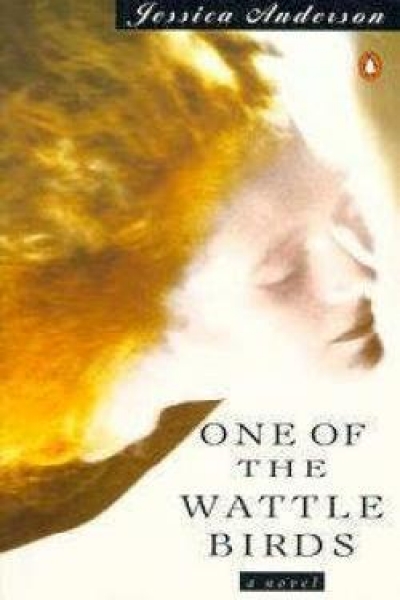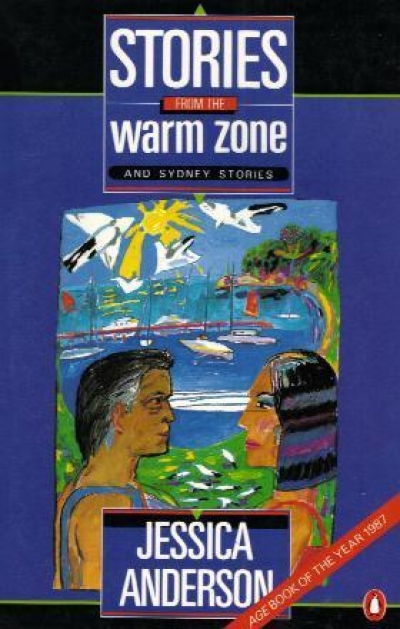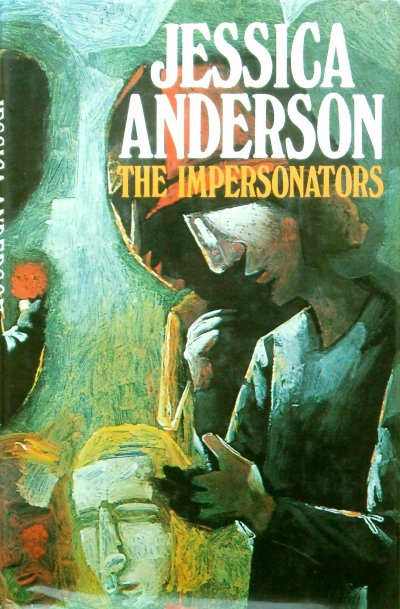Jessica Anderson
Kerryn Goldsworthy on 'Tirra Lirra by the River' by Jessica Anderson for Reading Australia
In 1978, Australia’s two most coveted national literary prizes of the time were both won by women: Helen Garner’s first novel Monkey Grip (1977) won the National Book Council Award for fiction, and the Miles Franklin Literary Award was won by Tirra Lirra by the River (1978), Jessica Anderson’s fourth novel. Both of these books have since become classics of Australian literature, rarely out of print and regularly rediscovered by new generations of readers.
Australian fiction, both in its production and in its critical reception, had been dominated by male writers since the end of World War II. There were isolated exceptions, most notably Christina Stead, Elizabeth Harrower, and Thea Astley, all now regarded as major Australian novelists. But the two big awards to Anderson and Garner in 1978 marked a shift in readerly tastes and the beginning of something more like equality in the writing, publishing, and reading of fiction in Australia. It may or may not be a coincidence that the narrator–heroines of Monkey Grip and Tirra Lirra by the River are both called Nora; it’s the name of the main character in Ibsen’s classic play A Doll’s House (1879), which, like these novels, explores the theme of women’s emancipation and selfhood in modern society.
... (read more)Jessica Anderson (25 September 1916 – 9 July 2010) was an Australian novelist and short story writer. Anderson’s first novel, An Ordinary Lunacy was published in 1963. Since then she has received many awards for her work including winning the prestigious Miles Franklin award, twice (for Tirra Lirra By the River in 1978 and for The Impe ...
Nine Lives: Postwar Women Writers Making Their Mark by Susan Sheridan
''Tirra Lirra' and Beyond - Jessica Anderson’s truthful fictions' by Susan Sheridan
In Tirra Lirra by the River, an elderly woman, Norah Porteou, returns to live in her childhood home in Brisbane after forty years as a ‘London Australian’. The house is empty, so is her life. Norah is a ‘woman whose name is of no consequence’. She is sensitive, vaguely artistic, slightly superior (‘Mother,’ she appeals in a childhood scene, ‘don’t let Grace call me Lady Muck.’) The novel consists of a review of her past, with interruptions from half-remembered neighbours offering curious and resentful help.
... (read more)


